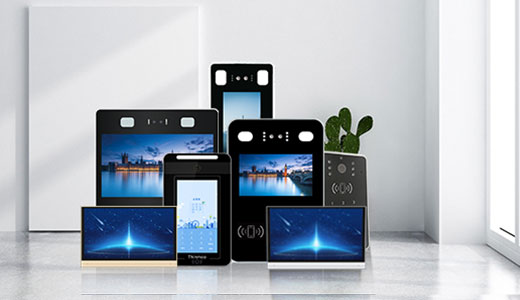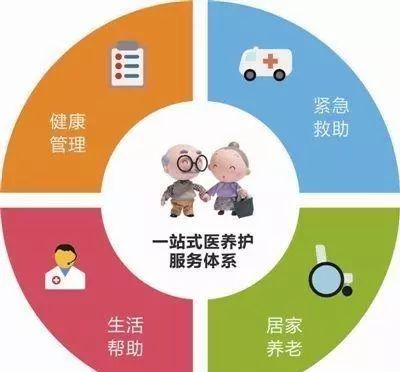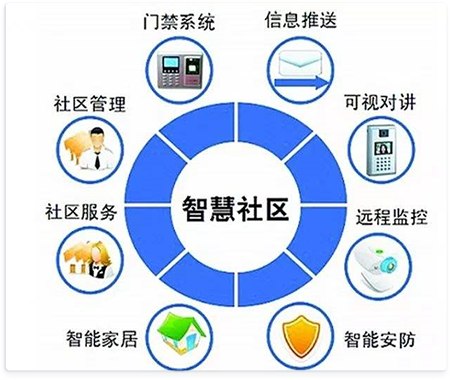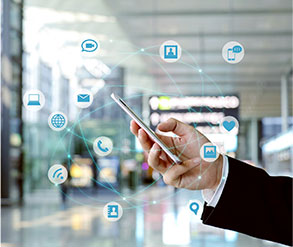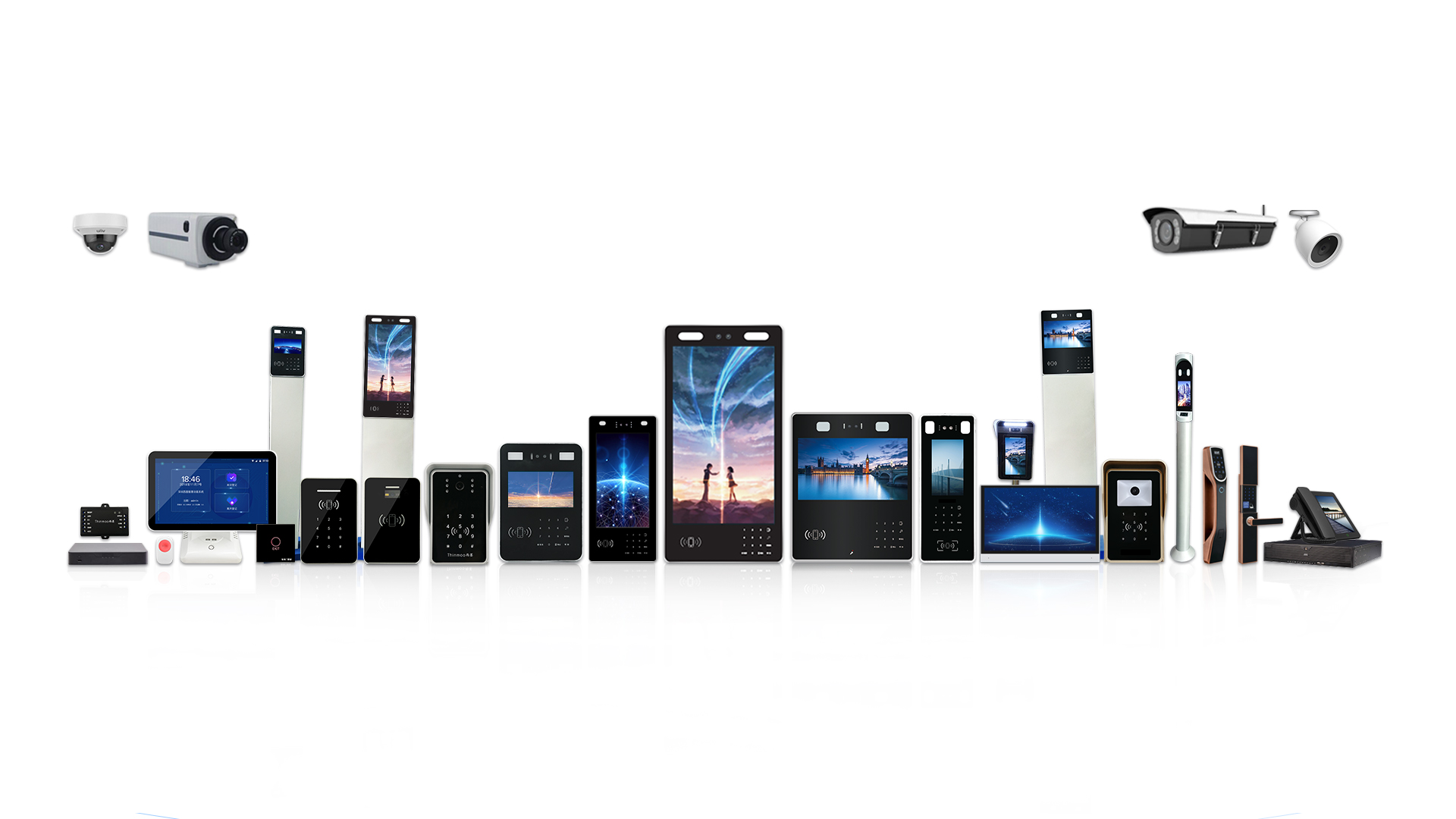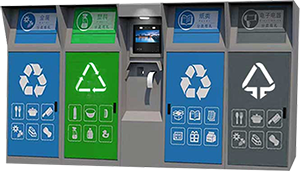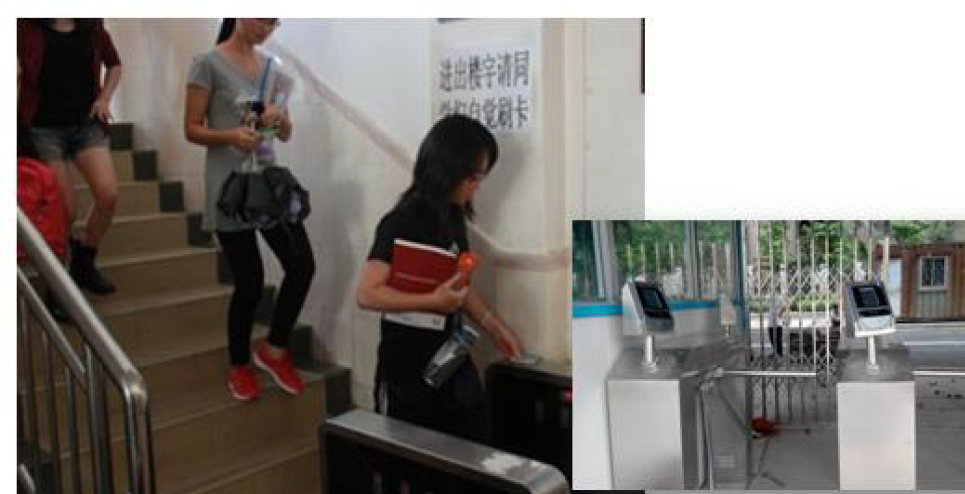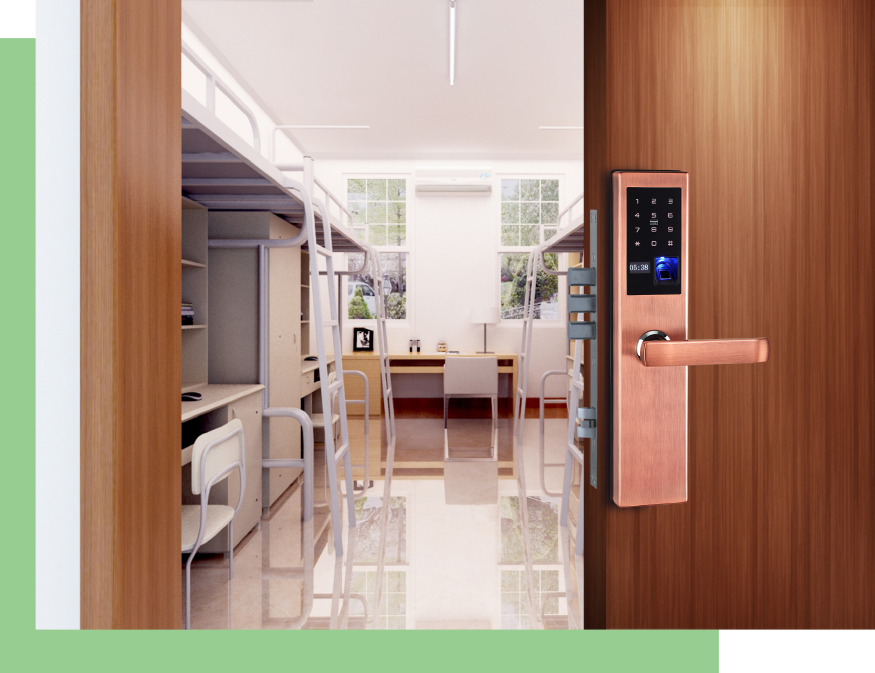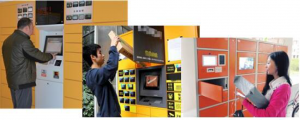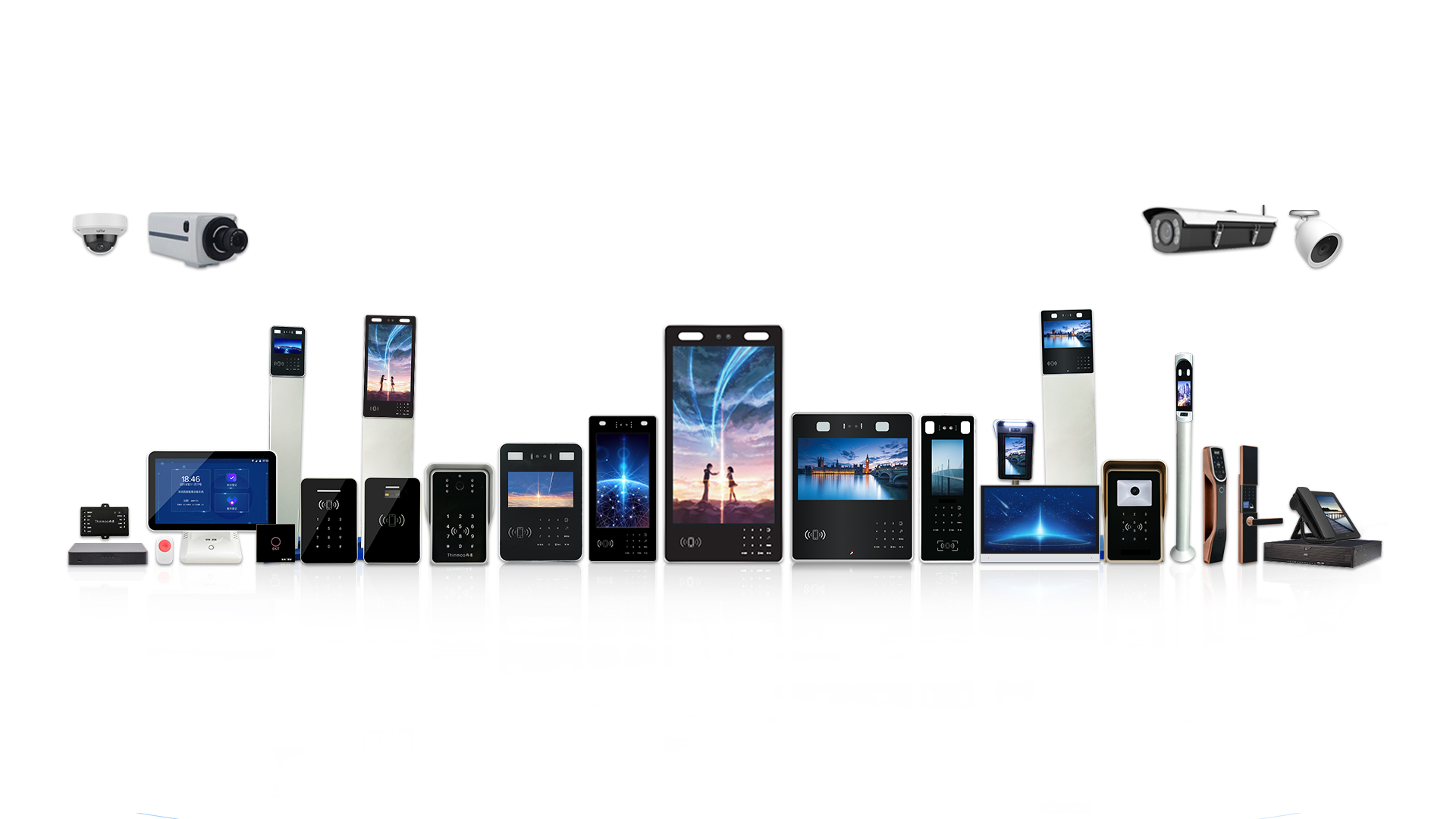Smart city in the 5G era
A smart city is a complex system involving many technologies such as the Internet of Things, cloud computing, and big data. And 5G can make the world truly realize the "Internet of Everything"
The driving force of 5G mainly includes three aspects: business, network and business model. As an important part of the business driver, the Internet of Things will expand its connections from several billion to hundreds of hundreds of billions. Massive connectivity and diversified applications have triggered a technological revolution in mobile communications, bringing new possibilities to mobile communications. Challenges also provide opportunities.
“Internet of Everything” has greatly expanded the consumer market of people. The Internet of Things platform has become a highland of competition. Governments of all countries have continuously strengthened their policies and financial support. From closed vertical integration to open level, it is an inevitable development trend of the Internet of Things. In the 5G era, the Internet exists more in the form of the Internet of Things, integrating the city.
5G sets high speed, large broadband, low latency, and wide connection. In addition to the Internet of Everything, the 5G era will also be "everything can be clouded."
Cloud computing technology entered the second decade, and IaaS/PaaS/Saas technology merged and developed, and gradually became a comprehensive platform to meet all IT solutions. The cloud computing technology in the 5G era is not only limited to real-time information interaction between vehicles and vehicles, vehicles and roads, but also provides predictive models for urban traffic planners.
5G brings the prosperity of the big data industry, connecting, computing, storage, application, and all aspects of the industry chain. Not only must we use online data services to operate offline, integrate data generation intelligence, but also process reengineering based on data to achieve intelligent operation.
5G will not only bring about an increase in network speed, but also a reliable low-latency massive Internet of Things.
5G affects smart life, bit by bit
A few days ago, a short video called "Connecting the World after 5G" caused a topic and discussion on the Internet. After connecting 5G from unmanned driving, retinal projection, holographic projection call, etc., it brought changes in every aspect of daily life. It shows the smart city life after the popularization of 5G technology. So what are the specific manifestations?
Unmanned maps need to be updated in real time, and path planning based on smart map information is needed to improve traffic efficiency. In addition, driverless cars need to provide real-time feedback on road information, including mobile vehicles and pedestrians, road conditions, traffic lights, speed limit requirements information, based on this information for obstacle avoidance planning (including car games, car players, etc.) to ensure Driving safety issues. The amount of data on the map is huge, usually reaching Gbit/km level or above, so ultra-high-speed bandwidth is required.
In the era of the Internet of Vehicles, unmanned vehicles generally require cloud-based decision-making or cloud-assisted decision-making, and have high requirements for network delay. In some scenarios, it is required to reach ms level. In the face of complex road conditions and emergencies, information needs to be interoperable in real time, with ultra-high-speed transmission and ultra-high reliability and ultra-low latency. Compared with the 4G network, the 5G transmission rate is increased by 100 times, the peak transmission rate is 10Gbit/s, and the end-to-end delay is up to the ms level. An autonomous car with 5G can be said to be equipped with a real-time monitoring technology. When the vehicle is on the road and encounters an unexpected situation, only the ultra-high speed and ultra-low delay such as 5G can satisfy the driverless reaction. speed.
In the current 4G network era, we have used drones in a variety of scenarios, including earthquakes, floods, mudslides, fires and other rescue operations, and with the speed of 5G networks, drones can improve work efficiency and complete Better rescue missions. In order to meet the needs of more automated and intelligent drone applications in the future, higher requirements will be placed on the capabilities of mobile communication networks. Compared with 4G networks, 5G networks can meet the communication needs of most UAV application scenarios. 5G can make UAVs network better and better, and drive multi-class scenario application upgrades.
Smart homes also need 5G. The smart home system also controls each home through information transmission and connection, which requires a high bandwidth, low latency and stable network. Under the current 4G network, there is a significant delay in the connection and transmission between the device and the device. With a 5G network, the smart home system will be more sensitive and provide a better experience for users. For example, when using an intelligent security system, if there is a theft, the user can receive the feedback as quickly as possible on the 5G network and obtain important information in the first time.
5G will become a catalyst for integration and innovation in all walks of life. Under the integration of other emerging technologies such as Internet of Things, artificial intelligence, and big data, 5G, which plays a key role in the connection, is expected to become an important link in the construction of smart cities.
(Source: China Security Exhibition Network)

